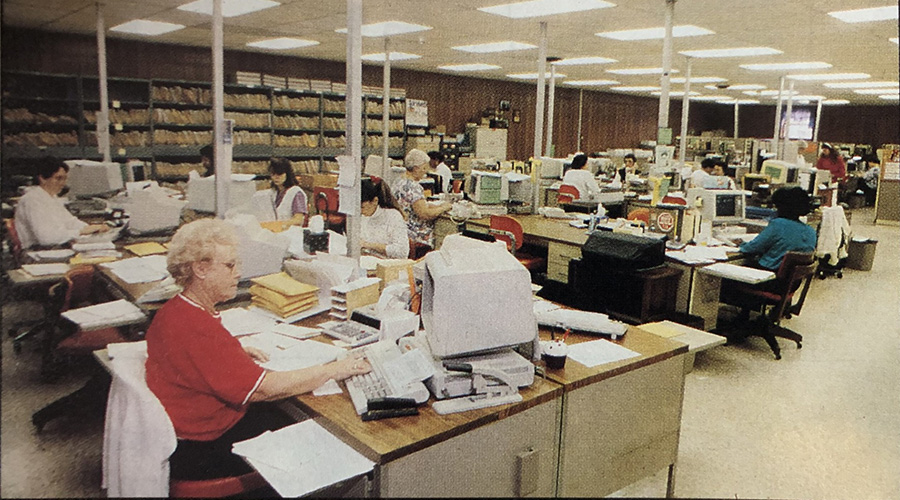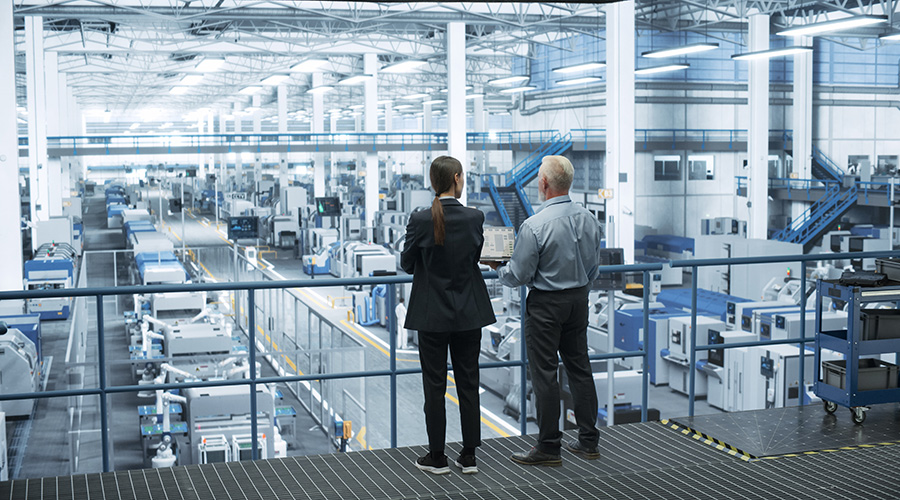Evaluating Space Density To Gain Efficiency
A cost-saving strategy that has become standard practice is increasing densities in spaces. How can facility managers best evaluate what the appropriate density would be for their facilities? How can you tell where there is room to gain more efficiency? Is there a way to tell that a space has become too dense before major negative effects are felt?
Density of workstations has definitely increased in recent years, especially in the tech sector. Notions like tabling and co-working are very common in start-up incubator type spaces. In those spaces the denser the better for more collaborative interaction. Typical, office spaces are also seeing densification with modern furniture solutions and less space per person. Ideally a company still occupies a similar gross square footage and increased workstation density in order to create more room for break out spaces, couches, ping pong tables, and other fun collaboration spaces. A space likely becomes too dense when either those fun spaces are slowly filled in with more workstations or when occupant density begins to conflict with actual work efficiency. For example, some people need to be able to look at full-size construction drawings while others simply need a laptop and a screen, two very different workstation solutions.
Answers provided by James B. Woods PE, LEED AP BD+C, senior engineer, Mechanical & Energy, ARUP
Related Topics:














